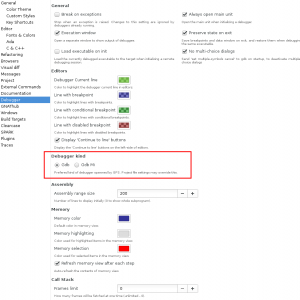
Time travel debugging in GNAT Studio with GDB and RR
Learn how to use GDB and RR's advanced time traveling features in GNAT Studio.
3 entries tagged with #gdb

Learn how to use GDB and RR's advanced time traveling features in GNAT Studio.
When things don’t work as expected, developers usually do one of two things: either add debug prints to their programs, or run their programs under a debugger. Today we’ll focus on the latter activity.
GNAT and all the tools work great on the newly released macOS Sierra, but gdb needs some tweaking of the system.